OpenAI’s AI Revolution: Cracking the Code to IMO Gold and the Path to Superintelligent Math Solvers
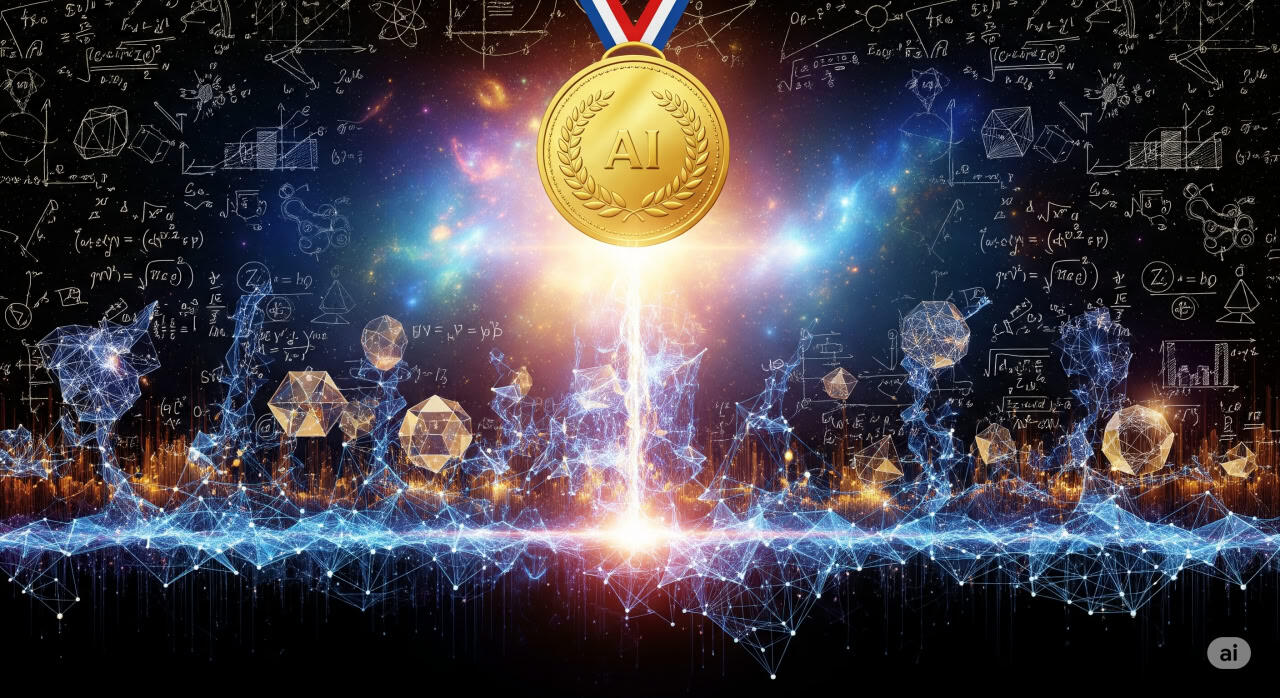
In the rapidly evolving world of artificial intelligence, few milestones capture the imagination quite like conquering the International Mathematical Olympiad (IMO). This prestigious competition, often dubbed the Olympics of mathematics, pits the brightest young minds against brutally challenging problems that demand creativity, rigor, and endurance. Yet, in a stunning turn of events, an AI system developed by OpenAI has not only competed but secured a gold medal-level performance. This breakthrough isn’t just a win for algorithms—it’s a seismic shift signaling that AI is edging closer to human-like reasoning on some of the toughest intellectual frontiers. As we delve into this achievement, we’ll explore its origins, the innovative techniques behind it, and what it portends for fields far beyond competition math.
The Dawn of AI in Elite Mathematics: A Historical Context
To appreciate the magnitude of OpenAI’s success, it’s essential to rewind and understand the journey of AI in mathematics. For decades, computers have excelled at rote calculations—crunching numbers faster than any human could dream. But true mathematical reasoning? That’s a different beast. It involves intuition, pattern recognition, and the ability to navigate uncertainty, qualities long thought to be uniquely human.
The IMO itself has been a benchmark of mathematical prowess since its inception in 1959. Held annually, it features six problems solved over two days, with participants given four and a half hours per session. Scores range from 0 to 7 per problem, and gold medals typically require near-perfect performances under immense pressure. Past winners include luminaries like Terence Tao and Grigori Perelman, whose IMO triumphs foreshadowed groundbreaking contributions to fields like number theory and topology.
AI’s foray into this arena began modestly. In the early 2010s, systems like Wolfram Alpha could handle symbolic manipulations, but they faltered on open-ended proofs. The real momentum kicked off with deep learning advancements around 2017, when models started tackling simpler math benchmarks like the SAT math section. By 2020, researchers were eyeing more ambitious targets, inspired by AlphaGo’s dominance in Go—a game requiring strategic depth akin to mathematical exploration.
OpenAI entered this fray with a vision articulated by its leadership years ago: using AI to solve problems that stump even experts, as a stepping stone to artificial general intelligence (AGI). Their earlier models, like GPT-3, showed promise in generating math explanations but often hallucinated errors—fabricating plausible but incorrect solutions. The shift came with reinforcement learning from human feedback (RLHF), which fine-tuned models to align with expert judgments. Yet, even in 2023, AI struggled with high-school-level contests, saturating evals like GSM8K (a dataset of grade-school math word problems) but floundering on olympiad-tier challenges.
This historical backdrop underscores why OpenAI’s IMO gold is revolutionary. It’s not merely about solving problems; it’s about scaling reasoning to levels where AI can ponder for extended periods, much like a human mathematician mulling over a conjecture for hours or days.
Origins of the Project: From Skepticism to Sprint
The push for IMO gold at OpenAI didn’t emerge from a grand, years-long initiative but from a nimble, researcher-driven effort that crystallized in early 2025. Internally, the idea had simmered for years, with discussions about when AI might reach this pinnacle dating back to team members’ onboarding conversations. One researcher recalls being asked point-blank during their first week: “When do you think we’ll crack IMO gold?” The response? Unlikely before 2026, at best.
What changed? A confluence of advancements in reinforcement learning (RL) algorithms and a growing confidence in handling “hard-to-verify” tasks—problems where solutions aren’t easily checked by simple computation. Unlike verifiable rewards in games like chess, where outcomes are clear wins or losses, math proofs demand nuanced evaluation. OpenAI’s team began experimenting with techniques to extend AI’s “thinking time” from seconds to minutes, drawing parallels to how humans deliberate on complex issues.
The final sprint kicked off just a couple of months before the 2025 IMO. A small core team—remarkably, just three primary contributors—pivoted to this goal, leveraging broader organizational support in pre-training, inference scaling, and RL. This scrappy approach highlights a key strength of innovative AI labs: empowering researchers to pursue high-impact ideas without bureaucratic hurdles. Initial skepticism abounded—some colleagues bet against success, offering odds as low as one in three—but early experiments showed promise. Models began improving on benchmarks like AIME (American Invitational Mathematics Examination) and USAMO (USA Mathematical Olympiad), where previous systems had plateaued.
These early signs weren’t flashy demos but tangible gains in reasoning depth. For instance, models started producing coherent proofs for problems that required chaining multiple insights, a far cry from the superficial answers of yesteryear. This momentum built excitement, transforming a side project into a focused assault on the IMO.
The Team’s Approach: Scaling Test-Time Compute and Beyond
At the heart of OpenAI’s success lies a paradigm shift: scaling “test-time compute.” Traditionally, AI inference—the phase where models generate outputs—happens in fractions of a second. But for IMO-level math, that’s insufficient. Humans spend hours dissecting problems, exploring dead ends, and refining arguments. OpenAI’s innovation? Allowing their model to “reason” for up to 100 minutes per problem, a 1,000-fold increase from just a year prior.
This isn’t brute force; it’s sophisticated orchestration. The system employs general-purpose techniques to extend deliberation, incorporating elements of multi-agent systems for parallel exploration. Imagine multiple AI “agents” branching out on different solution paths simultaneously, then converging on the most promising. This mirrors collaborative human brainstorming but at machine speed.
Crucially, these methods prioritize generality over domain-specific tweaks. Drawing from past projects like AI for poker and diplomacy—where team members honed skills in strategic reasoning—the approach avoids bespoke hacks. Instead, it enhances reinforcement learning to tackle non-verifiable tasks, where rewards aren’t immediate or obvious.
One challenge: verification. Math proofs aren’t like code that compiles or fails; they require expert scrutiny. OpenAI addressed this by generating proofs in natural language, albeit in a style described as “creative” or even “alien-like”—dense, unpolished, but correct. For the IMO submission, they enlisted external former medalists to grade outputs, achieving unanimous consensus on correctness. Internally, the team pored over samples, though some admitted the content surpassed their own math backgrounds.
Problem six of the 2025 IMO exemplified the limits. Universally deemed the hardest—a combinatorics nightmare requiring rare leaps of insight—the model wisely abstained, outputting “no answer” after exhaustive attempts. This self-awareness marks progress; earlier models would fabricate solutions. Combinatorics, with its abstract, high-dimensional nature, poses unique hurdles compared to geometry, where visual intuitions aid progress.
The architecture also integrates lessons from recent OpenAI launches, like enhanced agentic systems for chat interactions. Shared infrastructure ensures these math gains feed back into broader capabilities, promising smarter assistants across domains.
Behind the Scenes: The Thrill of IMO Night and Human-AI Synergy
Picture this: It’s 1 a.m., and the IMO problems have just been released post-exam. The team plugs them into the model, initiating a four-and-a-half-hour reasoning marathon. While one member catches sleep, others monitor progress in real-time, witnessing the AI’s evolving confidence through natural language cues—phrases like “this seems promising” or the dreaded “appears hard.”
Anxiety runs high; partial outputs are scrutinized for hints of breakthroughs. At one point, a nap is interrupted by a urgent call—though unanswered, it underscores the human element in this high-stakes endeavor. By morning, results trickle in: solid solutions for most problems, securing gold-equivalent scores.
This vignette reveals a deeper truth: AI achievements are profoundly human. The team’s composition—math majors, game AI veterans, and RL experts—blends diverse expertise. Post-result, they debated polishing proofs for readability via tools like ChatGPT but opted for raw transparency, posting originals on GitHub.
Internally, vibes mixed optimism with realism. Bets were floated, but no one wanted to wager against the team. The pace of progress stunned even insiders; just 15 months earlier, models hovered at 12% on AIME. Now, they’re eyeing frontiers beyond competitions.
Implications for AI Reasoning: From Olympiads to Open Problems
OpenAI’s IMO triumph isn’t an endpoint—it’s a launchpad. Competition math, with its time-boxed puzzles, pales against research math’s marathon demands. A typical IMO problem takes 1.5 hours; proving a novel theorem might consume 1,500 hours or more. Millennium Prize Problems, like the Riemann Hypothesis, have eluded generations, demanding lifetimes of collective effort.
Yet, the trajectory inspires hope. Scaling reasoning to thousands of hours could unlock breakthroughs in physics, biology, and climate modeling. Imagine AI accelerating drug discovery by simulating molecular interactions or optimizing fusion reactors through advanced calculus.
Challenges loom. Evaluation bottlenecks arise as thinking times lengthen—a month-long inference cycle slows iteration. Generating novel problems remains tricky; while solving is mastered, invention demands creativity AI is still honing.
Comparisons to formal tools like Lean—a proof assistant for verifiable math—highlight trade-offs. OpenAI favored natural language for generality, but hybrids could amplify strengths. Informal scaling, as demonstrated, rivals formal methods in flexibility, though combining them might yield superhuman math engines.
Broader generalization is key. Math prowess should spill into scientific reasoning, where proofs underpin theories. Early signs suggest yes: models excel on Putnam problems, which blend knowledge and ingenuity. Physics Olympiads, however, add experimental hurdles, necessitating multimodal capabilities like world modeling.
Ethically, this raises questions. As AI nears superintelligence—systems vastly outperforming humans—governance becomes paramount. OpenAI’s cautious release strategy, prioritizing safety, reflects this. They’re exploring access for mathematicians, fostering collaborations to test limits on real research queries.
Hurdles Ahead: Combinatorics, Creativity, and the Quest for Novelty
Diving deeper, why do certain math domains resist AI? Combinatorics, as in IMO problem six, involves counting and arranging in vast, abstract spaces. It demands “leaps of faith”—intuitive jumps models struggle with, preferring stepwise logic. Geometry, conversely, leverages spatial patterns AI can simulate effectively.
Overcoming this requires advancing multi-agent parallelism, where agents debate hypotheses, mimicking peer review. OpenAI’s techniques, born from game AI, excel here, but scaling to hyper-dimensional problems needs more compute and algorithmic finesse.
Creativity poses another frontier. Demis Hassabis of DeepMind notes problem invention as the ultimate test. Crafting IMO questions takes experts months; AI must learn to pose meaningful challenges, perhaps via adversarial training where models generate and critique puzzles.
Implications extend to education. AI tutors could democratize olympiad training, helping under-resourced students. But risks include over-reliance, stifling human ingenuity. Balancing augmentation with inspiration is crucial.
Economically, math AI could boost industries reliant on optimization—finance, logistics, cryptography. A model cracking elliptic curves faster might revolutionize security, for better or worse.
Looking Forward: Integrating Breakthroughs into Everyday AI
OpenAI’s next steps involve weaving these reasoning enhancements into flagship products. ChatGPT and agents will grow smarter, handling complex queries with deeper deliberation. Deployment timelines hinge on rigorous testing, but the pipeline is active.
For the field, this validates test-time scaling as a pathway to AGI. Competitors like Anthropic and Google are likely accelerating similar efforts, fostering a virtuous cycle of innovation.
Yet, humility tempers excitement. Math’s vastness—from elementary arithmetic to unsolved enigmas—reminds us AI is climbing a steep ladder. Progress from GSM8K saturation in 2024 to IMO gold in 2025 is astonishing, but the gap to research frontiers yawns wide.
In collaborations, academics are already probing. One Stanford professor’s persistent queries on a stubborn problem show incremental gains: from wrong answers to honest admissions of defeat. Such human-AI loops could accelerate discoveries.
Conclusion: A Milestone on the Road to Superintelligence
OpenAI’s IMO gold isn’t just a trophy—it’s proof that AI can transcend rote tasks into realms of profound intellect. By scaling reasoning, mastering hard-to-verify domains, and embracing generality, they’ve illuminated a path toward superintelligent systems capable of tackling humanity’s grand challenges.
This breakthrough invites reflection: As AI grows wiser, how do we steer it toward benevolence? The team’s journey—from skeptical bets to triumphant proofs—embodies the thrill of discovery. For mathematicians, scientists, and dreamers alike, the future brims with possibility. Whether proving theorems or pioneering cures, AI’s mathematical might heralds an era where the impossible becomes routine.
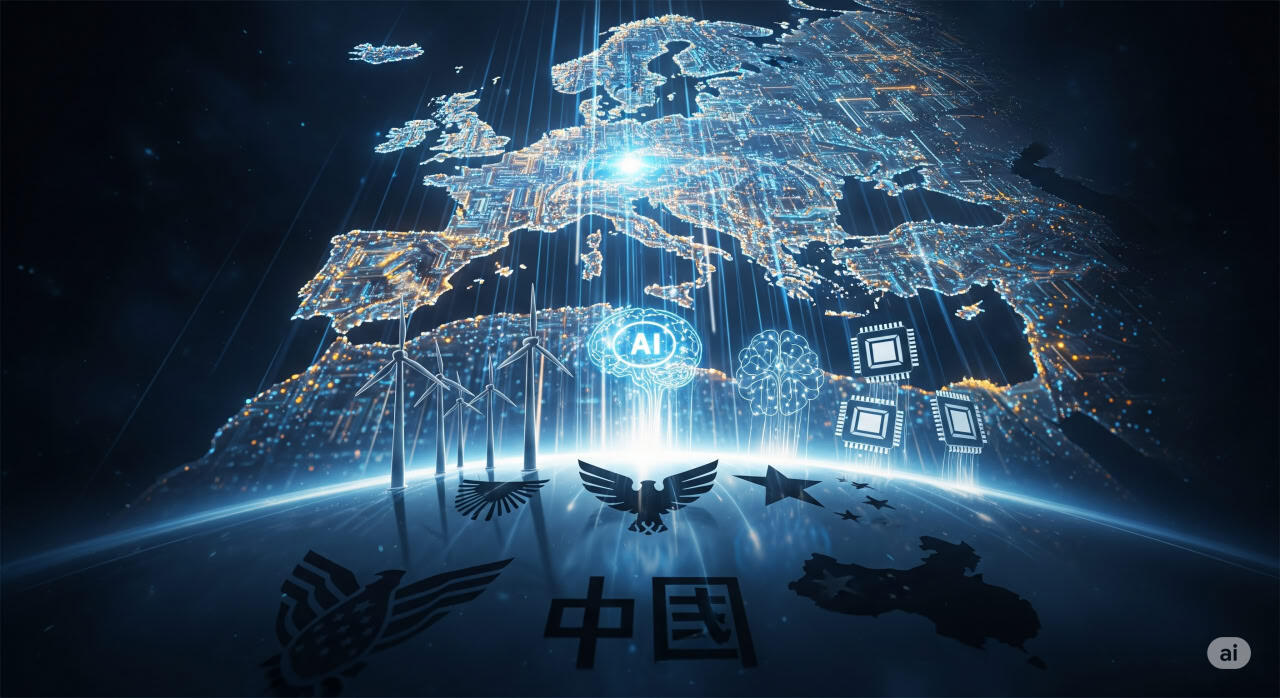
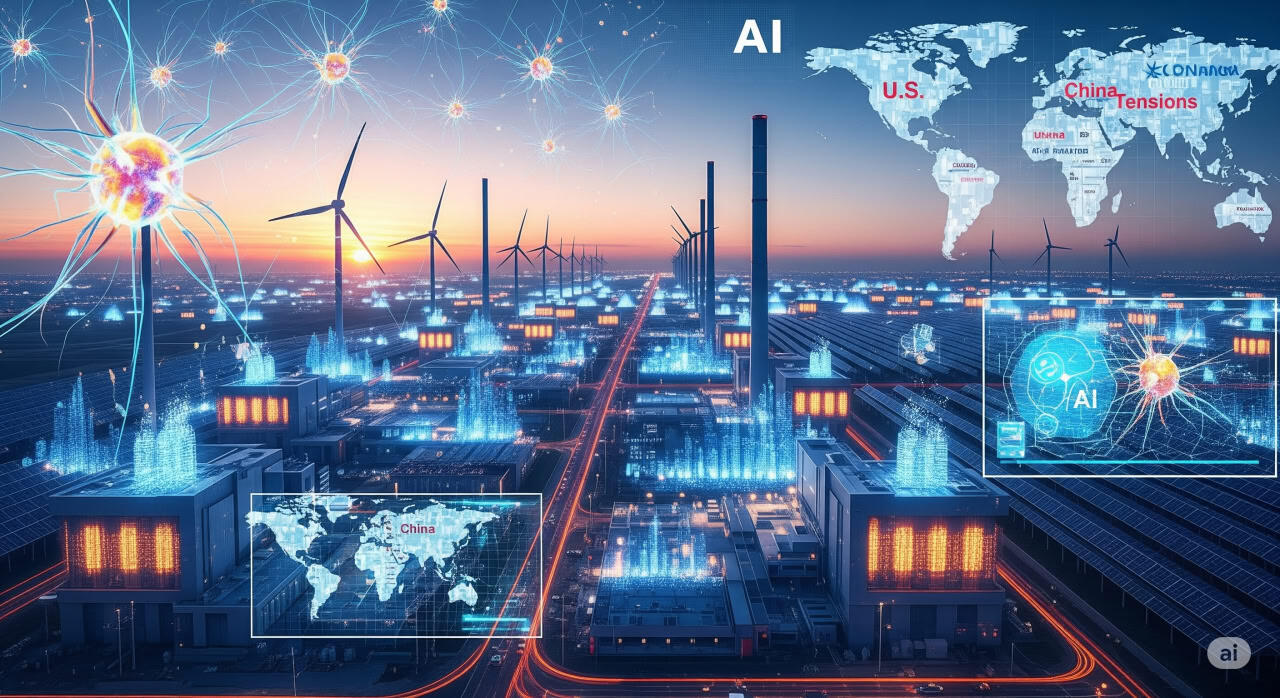
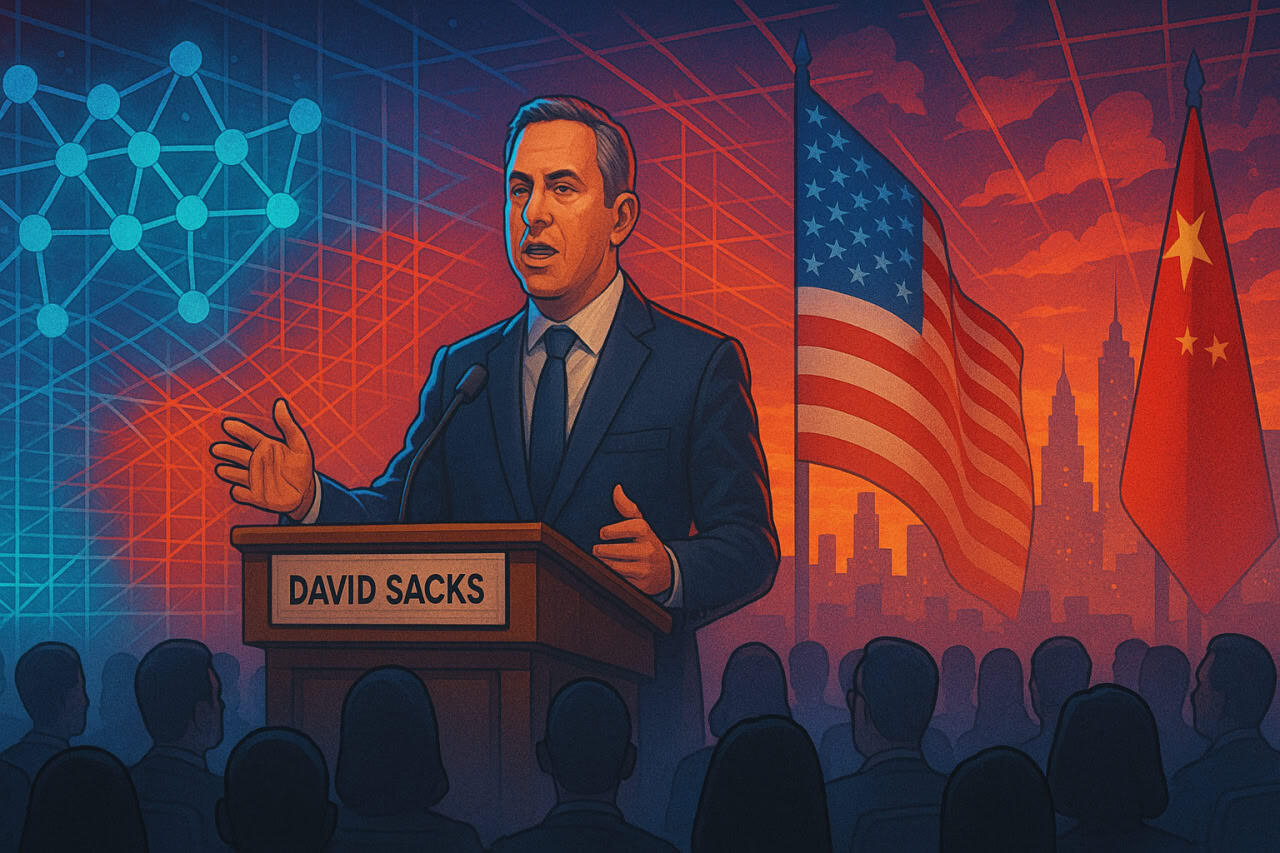
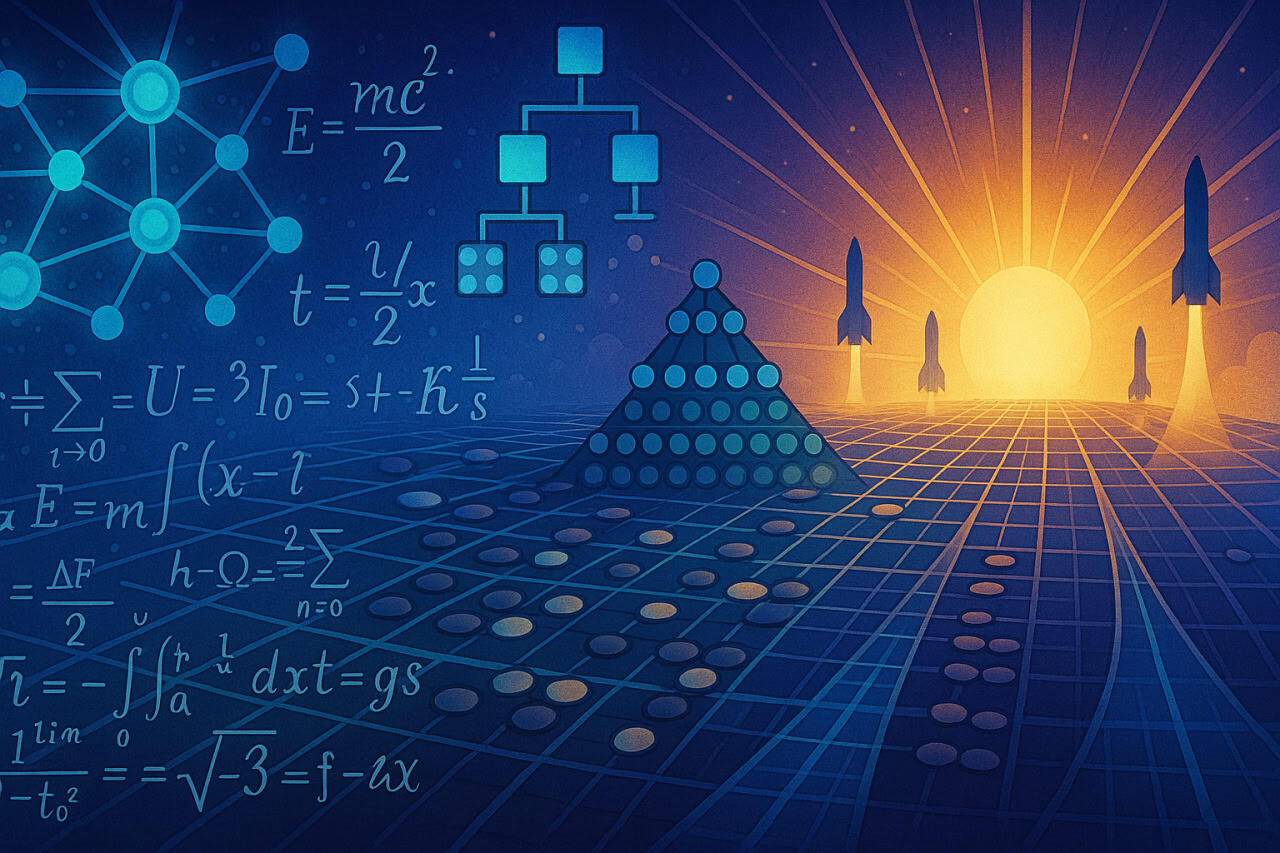
ThisAI blog comment creation is a fascinating milestone—not just because an AI matched top human performance at the IMO, but because it signals a shift from computational brute force to genuine mathematical reasoning. I’m curious to see how these advancements will translate into fields like theoretical physics or unsolved mathematical conjectures, where intuition and abstraction are key.